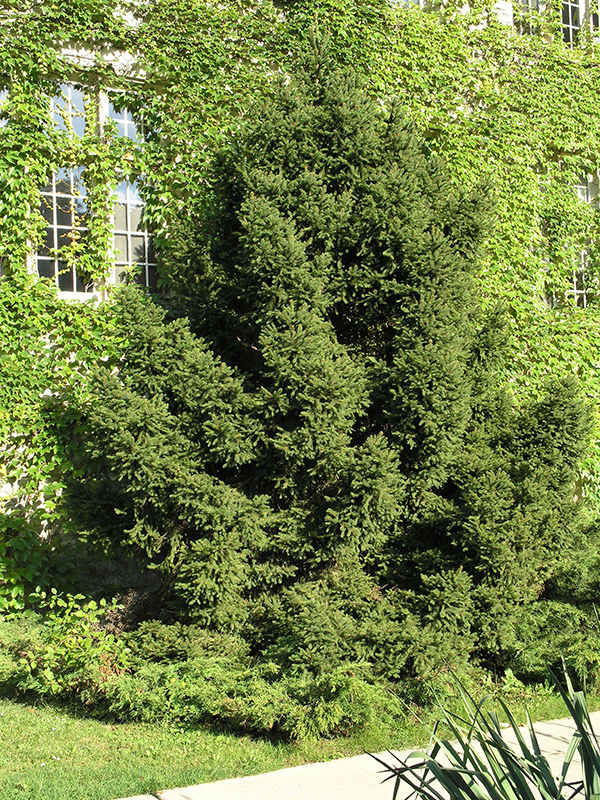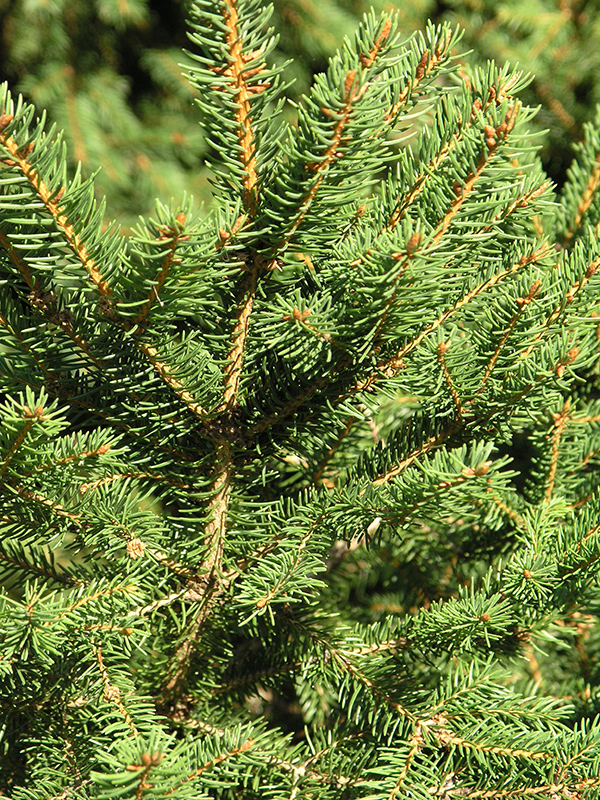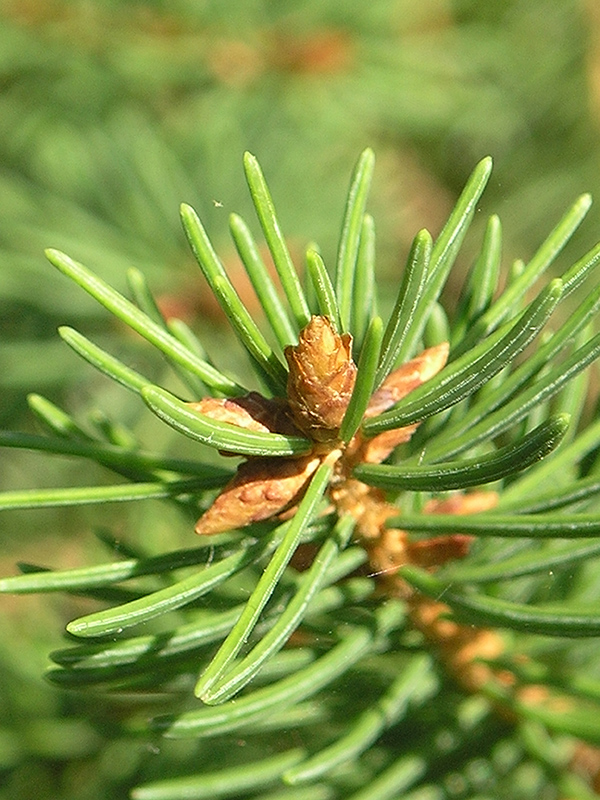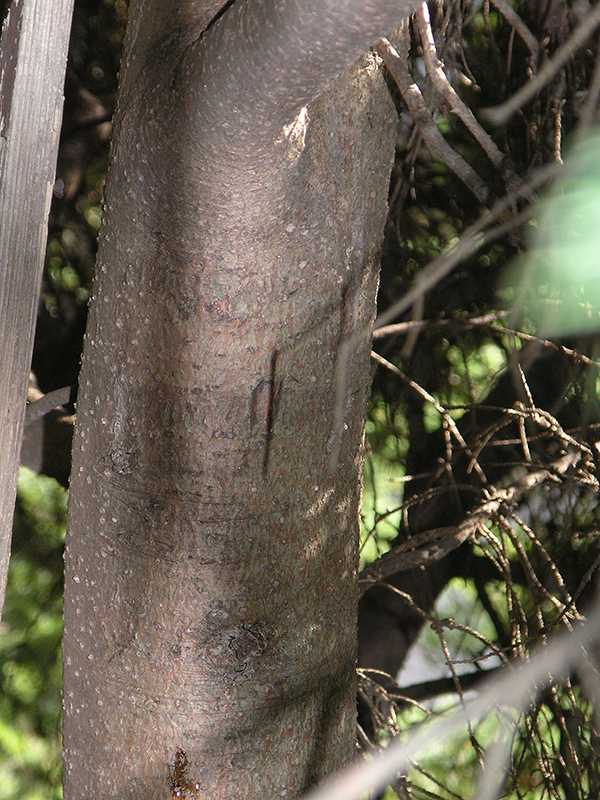
Woody > Picea > Picea abies > Picea abies 'Ohlendorffii'
Picea abies
'Ohlendorffii'
Ohlendorf Spruce
Origin: Picea abies 'Ohlendorffii' was developed from seeds obtained in Nikita, Crimea,USSR. Theodor Ohlendorff then further developed the stock in Hamburg, Germany in the 1840s. However, it was only officially introduced in 1904 by Spath Nursery.
Mike's
Opinion


"
Picea abies 'Ohlendorffii' is a fast growing, adaptable, hardy, dense, multi-stemmed evergreen shrub. The attractive and easy to maintain evergreen can be round to conical in shape, filling out right to the ground.
Michael Pascoe, NDP., ODH., CLT., MSc. (Plant Conservation)
"
| Family |
| Pinaceae |
| Genus |
| Picea |
| Species |
| abies |
| Cultivar |
| 'Ohlendorffii' |
| Category |
| Woody |
| Type |
| Shrub (evergreen) |
| Pronunciation |
| USDA Hardiness Zone |
| 3 |
| Canadian Hardiness Zone |
| 3b |
| RHS Hardiness Zone |
| H7 |
| Temperature (°C) |
| (-35) |
| Temperature (°F) |
| (-40) |
| Height |
| 2-4 m |
| Spread |
| 3-5 m |
Photographs
Description and Growing Information
Flowering Period
| General Description |
| A round to conical shaped evergreen shrub that is medium-sized with dark green, dense foliage. It grows low to the ground. The dark green foliage emerges light green in spring. |
| Landscape |
| A vertical accent. |
| Cultivation |
| Tolerant of moist, well-drained soils however, prefers neutral to acidic sandy soils in partial shade to full sun. Prune in the spring to maintain a smaller size or hedge. It is tolerant to salt and urban pollution. |
| Shape |
| Dense multi-stemmed evergreen shrub, shrubby and flattened, globose in its youth becoming broadly conical with age. |
| Growth |
| Slow |
| ID Characteristic |
| A multi-stemmed shrub with a globose shape in its youth, becoming broadly conical with age. The branches ascend and arch over, slightly growing from all angles. Easy to maintain and grows 3-6 cm annually. |
| Pests |
| Susceptible to spruce gall aphids, borers, budworms, red spider mites, sawfly and larvae aphids. |
| Habitat |
| Horticultural origin. |
| Bark/Stem Description |
| The bark is relatively smooth and a brownish red-grey colour. |
| Flower/Leaf Bud Description |
| Buds are prominent, conical, 3 mm long and dark orange-brown to brownish red in colour. They are non-resinous, with scales often spreading at the tips. |
| Leaf Description |
| Its dark green foliage turns a lighter green in the spring with the new growth tips being light blue. The leaves are needle-like, blunt; 4 sided, 9 mm long, point upward and forward on orange-brown shoots. |
| Flower Description |
| The flowers are monoecious, terminal and axillary with a reddish-pink colour however. |
| Colour Description |
| Foliage is dark green but emerges light green in the spring. Buds are prominent and dark orange-brown in colour. Bark is brownish, red-grey. New growth tips are light blue. |
| Notable Specimens |
| The University of Western Ontario, London, Ontario, Canada. The Fanshawe College Botanical Gardens, London Garden, London, Ontario, Canada. |
| Propagation |
| Side-grafted in February or March onto Picea abies. |
References
Boudewijn, Karel Boom and Pieter, Den Ouden. Manual of Cultivated Conifers: Hardy in the Cold and Warm Temperate Zone, Forestry Sciences, Vol. 4:244 Kluwer Academic 1965. Google books. Web. 19 Jan. 2013. .



